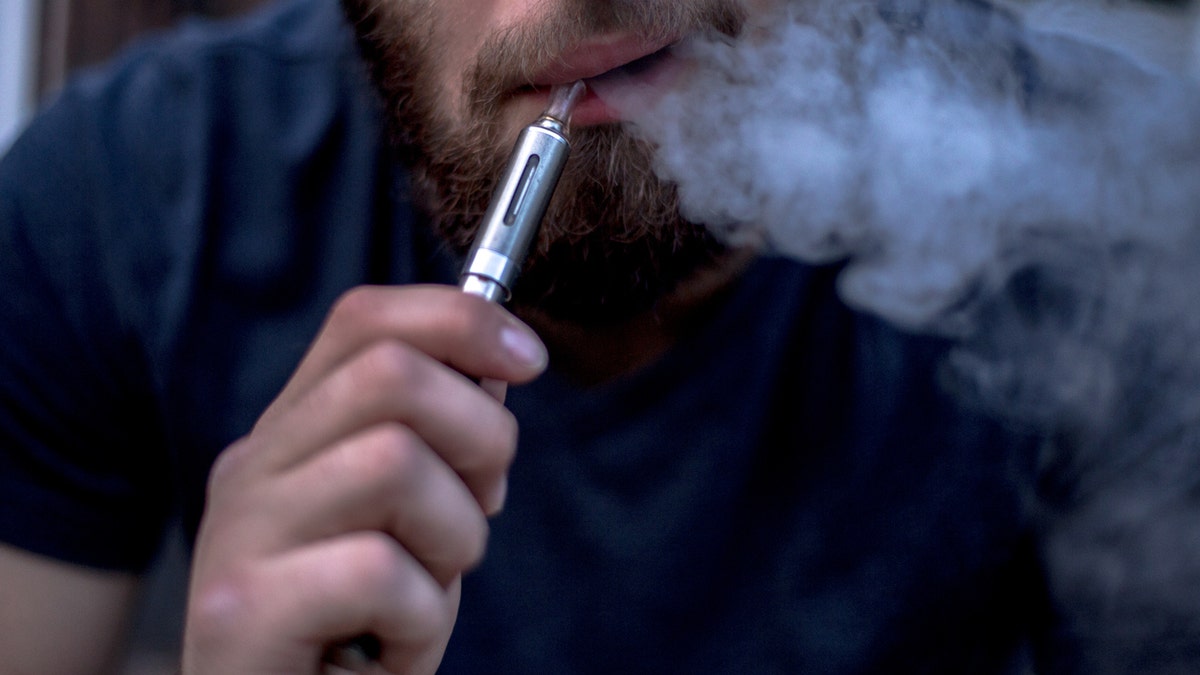
In addition to concerns about vaping leading to smoking, the American Lung Association considers the vapors from e-cigarettes themselves unsafe. (iStock)
According to the American Lung Association, the use of electronic devices to inhale vaporized nicotine-containing liquids is a serious public health concern.
Often referred to as vaping, the use of e-cigarettes increased 900 percent among high school students between 2011 and 2016, and their popularity continues to rise. And instead of serving as a “safe” alternative to traditional cigarettes, vaping seems to be a gateway to other tobacco products for some young people. In addition to concerns about vaping leading to smoking, the American Lung Association considers the vapors from e-cigarettes themselves unsafe.
In 2015, a particularly alarming challenge was made to the safety of e-cigarettes by a team of researchers at Harvard. While examining the contents of refill liquids, sometimes called e-juice or e-liquid, they found that 75 percent of the flavored refills they tested contained a chemical called diacetyl, an artificial flavor with a buttery taste. In 2000, this chemical made the news as the probable cause of a rare lung disease diagnosed in eight microwave popcorn factory workers.
The disease was bronchiolitis obliterans, or popcorn lung. It’s associated with chronic rejection of lung and bone marrow transplants, viral infection, connective tissue diseases, and exposure to toxic chemicals including chlorine, ammonia, mustard gas, and ozone. There are treatments that can slow the progression of the disease, but it’s irreversible. Because of the condition’s rarity, a concentration of eight cases in one factory pointed researchers to environmental factors, and they eventually linked the disease to diacetyl, which was found in unusually high concentrations within the factory.
The Harvard press release drawing attention to diacetyl in e-juice caused alarm among vapers and quickly became ammunition for vaping opponents who now had a life-threatening, rare lung disease on their side. But the Harvard press release left out key information. Most significantly, diacetyl exposure from cigarette smoking is significantly higher than exposure from vaping, perhaps as much as 750 times higher. This doesn’t make vaping safe, but it supports the argument that vaping is safer than smoking traditional cigarettes. The Harvard press release also failed to mention that there’s no established link between popcorn lung and vaping.
DO YOU REALLY NEED VITAMIN SUPPLEMENTS?
So can you get popcorn lung from vaping? There’s not enough scientific evidence to answer that with absolute certainty. What we do know is that cigarette smoking, with its significantly higher risk of diacetyl exposure, hasn’t yet been positively associated with popcorn lung. In fact, the only known case of popcorn lung from diacetyl exposure outside of microwave popcorn factories affected a Colorado man who ate two bags a day of diacetyl-containing microwave popcorn containing over a period of ten years.
Is it possible that smoking or vaping heavily for years could contribute to the development of popcorn lung? It’s possible, but as of 2017, there’s not enough scientific evidence to support that claim.
(You may be asking yourself now if you should stop eating microwave popcorn. As long as you consume it in moderation, there’s no reason to think it will cause you respiratory problems. And since the investigation in 2000, many microwave popcorn manufacturers have removed diacetyl from their products to protect their workers and consumers.)
MOM SHARES HARROWING ADDICTION PHOTOS
What the Harvard press release got right is that there needs to be more research evaluating the safety of the chemicals used in vaping. Since vaping is a recent trend, I expect that we’ll learn more about vaping’s long-term health effects in the next decade as researchers have the opportunity to follow vapers over longer periods of time.
If you’re considering trying to use e-cigarette products as an aid to quit smoking, talk to your doctor about the health risks of vaping compared to cigarette smoking. Your doctor may encourage you to try to switch to e-cigarettes if other methods of quitting haven’t been helpful for you. If you don’t smoke, vaping only introduces new health risks, even if it probably won’t give you popcorn lung.
This article first appeared on AskDrManny.com.
